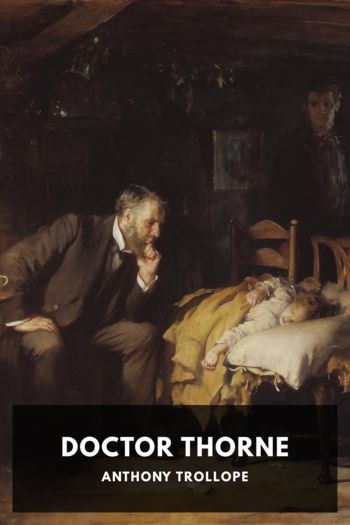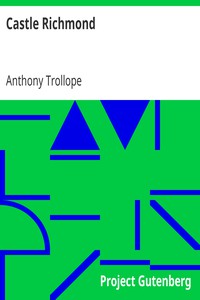Books author - "Anthony Trollope"

Description Framley Parsonage is the fourth novel in Trollope’s Chronicles of Barsetshire series. Originally a serial, it was first published as a book in 1861, and it has since been praised for its unsentimental depiction of the lives of middle-class people in the mid-Victorian era. As with the other books in the series, Framley Parsonage is set in the fictious English county of Barsetshire, and deals with the doings of a variety of families and characters who live in the region, several of

Description Doctor Thorne is the third book in Trollope’s “Chronicles of Barsetshire” series, which is set in the fictional county of Barsetshire, somewhere in England’s West Country. Unlike the two earlier novels in the series, Doctor Thorne isn’t set in the cathedral city of Barchester, but in the small village of Greshamsbury and the estate of the local squire, Greshamsbury Park. Doctor Thorne is a middle-aged medical practitioner in Greshamsbury, a friend of the local squire Mr. Gresham,

Description The Way We Live Now is Anthony Trollope’s longest novel, published in two volumes in 1875 after first appearing in serial form. After an extended visit to Australia and New Zealand in 1872, Trollope was outraged on his return to England by a number of financial scandals, and was determined to expose the dishonesty, corruption, and greed they embodied. The Way We Live Now centers around a foreign businessman, Augustus Melmotte, who has come to prominence in London despite rumors

ger whether they were beauties or not. The Misses Gresham were made in the de Courcy mould, and were not on this account the less dear to their mother.The two eldest, Augusta and Beatrice, lived, and were apparently likely to live. The four next faded and died one after another--all in the same sad year--and were laid in the neat, new cemetery at Torquay. Then came a pair, born at one birth, weak, delicate, frail little flowers, with dark hair and dark eyes, and thin, long, pale faces, with

d by no means avoided her noble relatives, nor did she at all avoid Alice Vavasor. When in London she was persevering in her visits to Queen Anne Street, though she considered herself, nobody knew why, not to be on speaking terms with Mr Vavasor. And she strove hard to produce an intimacy between Alice and her noble relatives--such an intimacy as that which she herself enjoyed;--an intimacy which gave her a footing in their houses but no footing in their hearts, or even in their habits. But all
